Explore MUD 5.0, launching December 4, 2024, with Sweet Streams (Are Made of This)—an immersive XR exhibition on data's impact on society. Experience The Sound of Art and WISPer projects in Little Haiti, integrating tech-focused art with local communities.
Us humans keep complicating things. Once merely complex, the world is being made more and more incomprehensible with each new technology. This exhibition is trying to help.
History of culture and technology can be broadly understood as the unstoppable tendency to add new layers to our already messy world. In the metaphor of spheres that we use to describe the physical planet – from its molten core to the upper atmosphere – this onion skin image is continuously being enlarged with new additions.
The exhibition Sweet Streams (Are Made of This) is looking at ways humanity is coping with the last added layer, often called the datasphere. Since the origins of the information age, we are making the data layer increasingly thick and interconnected. Its internal dynamics went through quantum leaps of personal computing, civilian internet and recently AI.
The role of artists dealing with the information age is twofold: to explore the possibilities for new medium-specific art practice (like the print press ushered the novel) and to engage in critical media art (understanding the social impact of new technologies). The artists in this exhibition are all finding their own balance between the two directions.
Sweet Streams (Are Made of This) is exhibiting intense and reflective artworks by internationally acclaimed artists dealing with different types of data streams. The viewer is confronted with suggestive meditations about live or historical streams that shape the dense data landscape of our information society. The artworks in this exhibition implicitly express the need for ever-new interfaces between humans and the data they produce.
All works are exhibited in two ways—as classical museum installations ranging from monitors to projections and as XR pieces viewable with dedicated headset hardware, offering viewers additional 3D experiences that enhance the original artwork's poetics.
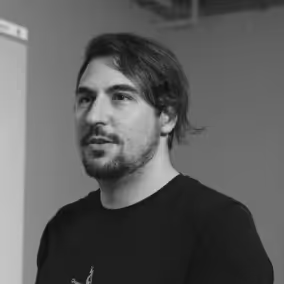
Cesar Escudero Andaluz is focused on digital culture, interface criticism and their social and political effects. César’s research addresses issues such as dataveillance, algorithm governance, tactical interface and critical mining. His practices combine interfaces, electronics, images, interactive installations robotics with critical design, media archaeology and digital humanities.
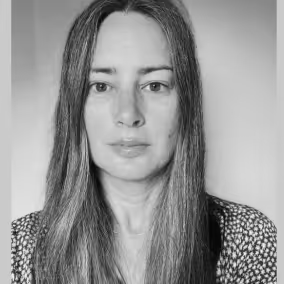
J. R. Carpenter works across performance, print, and digital media. The Gathering Cloud won the New Media Writing Prize 2016. An Ocean of Static was highly commended by the Forward Prizes 2018. This is a Picture of Wind was one of The Guardian’s best poetry books of 2020.
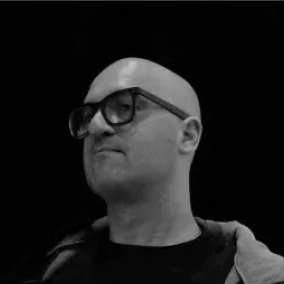
Vuk Ćosić is a canonized classic of net.art and a co-founder of the nettime and Syndicate mailing lists as well as the Ljubljana Digital Media Lab. His basic education as an archaeologist combined with an avant-gardist ethos has provided him with both the long view and rapid bursts of passion necessary for working in the critical media arts. He sometimes writes about himself in the third person.
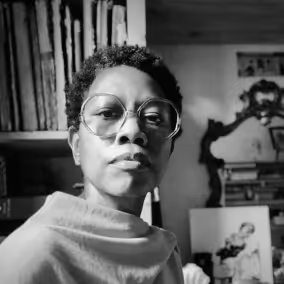
Auriea Harvey is a digital artist and sculptor. Her practice encompasses virtual and physical artworks created with a blend of digital and handmade production. Drawing from her extensive experience in net art and video games, she brings a synthesis of mythology, autobiography, art historical reference and imagination – made visible through form, interaction and immersion. Auriea is engaged across time, media, and material to define what sculptural production means in the present moment.
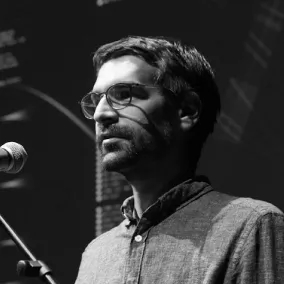
Vladan Joler is Professor at the Academy of Arts of the University of Novi Sad and founder of SHARE Foundation. He is leading SHARE Lab, a research and investigation lab that explores the technical and social aspects of algorithmic transparency, digital labor exploitation, invisible infrastructures, and technological black boxes.
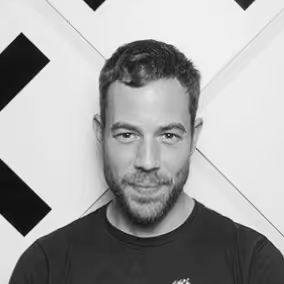
Andreas Gysin leads a studio renowned for its fusion of design and code. The studio specializes in procedural graphic design for both screen and print mediums. It engages in cutting-edge research and development, and designs and implements interactive installations for a variety of settings, including exhibitions, stages, and events.

Morry Kolman is a multimedia artist based in New York City. His internationally-acclaimed work focuses on giving people interactive and entertaining ways to learn more about the technological world that surrounds them and how they can affect it.
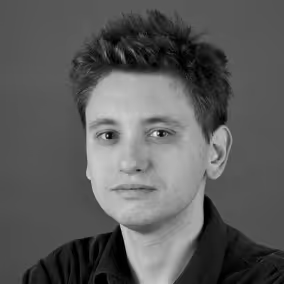
Uroš Krčadinac is a digital artist, technologist, writer, and educator. His transdisciplinary work involves writing, coding, animation and cartographic drawing.
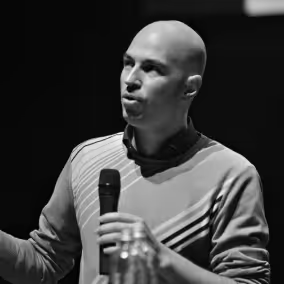
Kristian Lukić (1974) is a curator, artist and researcher based in Bratislava. He is co-founder of the Institute for Flexible Cultures and Technologies (NAPON), Novi Sad. He works at the intersection of art, technology and politics. In recent years, his research has focused on algorithmization in general, as well as the increase in occult research and ‘post-reality’ conditions.
MUD Foundation is thrilled to announce the launch of The Sound of Art, an innovative initiative in sound art, experimental music, and technology. As part of MUD’s 5.0 Art Week Program, The Sound of Art will introduce immersive audio experiences that push the boundaries of musical composition and spatial sound design.
This program will feature compositions by invited sound artists and composers using MUD’s 8.1 multichannel audio system installed in the venue. These immersive musical works will explore the dynamic possibilities of sound distribution within physical space, offering audiences an enveloping auditory experience.
In parallel, these compositions will have digital twins or adaptations available on MUD’s XR platform. Fully accessible on the web, this virtual sound room allows audiences to move through the space and interact with the compositions from different angles, offering a new dimension of engagement with sound art. The virtual sound room will remain open for future works, allowing composers to showcase both duplicates of their physical installations and entirely new creations using any number of sound sources and configurations.
Featured Work: Door Chime by José Hernández Sánchez
This unique musical composition activates each time the entrance door of The MUD Foundation opens, seamlessly integrating art with everyday interactions.
The Sound of Art not only celebrates the intersection of sound, music, and technology but also creates new opportunities for artists to explore the frontiers of spatial sound, whether in physical reality or the virtual world. Join us at MUD to experience this exciting new phase in sound art!
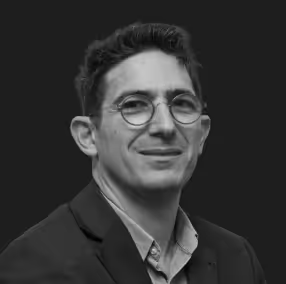
Tolga Yayalar, from Istanbul, Turkey, is a composer recognized for his distinctive approach to contemporary music, rooted in early influences from rock and jazz. His compositions, initially inspired by Anton Webern, blend serialism with jazz's improvisational energy, emphasizing texture, timbre, and microtonality. Yayalar’s work merges Eastern tuning systems with Western classical traditions, creating a unique fusion of cultural sounds.
His compositions have been performed by ensembles such as Le Nouvel Ensemble Modern, Alarm Will Sound, and the Orchestre National de Lorraine, and have been showcased at festivals like Ars Electronica, MaerzMusik, Acht Brücken Musik für Köln, BeethovenFest, and the New York City Electroacoustic Music Festival. Yayalar has also collaborated with actor and choreographer Korhan Başaran on works like Dido, presented at the İstanbul Theater Festival and Vienna’s Europa in Szene festival, highlighting his interdisciplinary interests.
Yayalar's contributions to contemporary music have earned him awards, including the Donald Aird Memorial Prize and the League of Composers/ISCM Composition Award. He holds degrees from Berklee College of Music, Istanbul Technical University, and a Ph.D. from Harvard University, and currently serves on the composition faculty at Bilkent University, continuing to influence and innovate within contemporary music.
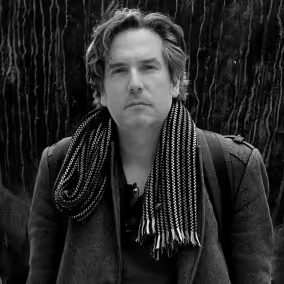
Dr. Phivos-Angelos Kollias is a Greek-born, UK and French-educated, Berlin-based interactive music composer-researcher.
He has received nine awards and nine nominations in international competitions, including the Excellence in Sound Design Award at the Festival of International Virtual and Augmented Reality Stories Competition, Toronto, and one of the Musicworks Electronic Music Competition prizes. The group projects he has participated in as a composer have won twelve awards and distinctions, including the Apple TV Game of the Year award and the Gamescom Indie Award, and they have been listed twice on Forbes’ top lists.
His projects have been commissioned by various international institutions, such as ZKM (Karlsruhe), Greek National Opera (Athens), the German Music Council, Musikfonds (Berlin), Dell Computers (USA), and Transmediale (Berlin).
He has studied classical music in Cambridge, London and Paris with the support of four prestigious foundations (Onassis Foundation, Megaron Athens Concert Hall, Leventis Foundation and Greek Composers Union) and currently lives and composes in Berlin. He studied composition with influential composers Horacio Vaggione, Jean-Luc Hervé and Yan Maresz. He has taken master classes from leading figures such as Helmut Lachenmann, Georges Aperghis, Beat Furrer, Tristan Murail, Unsuk Chin and Agostino Di Scipio.
His works have been performed by international ensembles and musicians in more than twenty countries worldwide in more than seventy concerts. His music scores are published by the Parisian publishing house BabelScores. He has given lectures about music at international conferences such as ACM (Tokyo), Xenakis International Colloquium (London), Europe-China Cultural Forum vol.1 and 2 (Brussels and Beijing), EMS (Paris and Leicester), SMC (Berlin), etc.
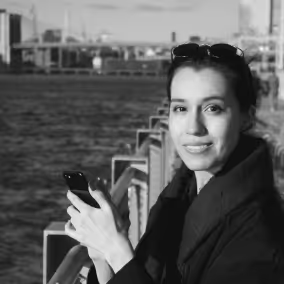
Itzá García (b.1993, México) is a composer focused on time and togetherness in technology-mediated musical settings. Her music and research engage current transformations of instrumentation, from augmented to intelligent instruments and the use of instrumental sound as training data. In her recent projects, she trains machine learning models with field recordings of weathered instruments, adding space and texture into the timbre of AI sound output. She is currently pursuing a Ph.D. in composition at The Graduate Center, CUNY, in New York City.
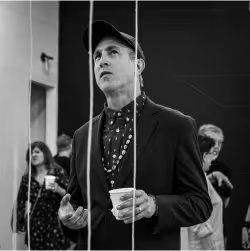
Richard Garet examines the ontological interplay inherent in his materials, encompassing the activation of background noise, the orchestration of imagery and sounds, and the conduction of experiments using outdated and current technological apparatuses. Through this intricate exploration, employing diverse media and materials to convey his artistic message, Garet's work culminates in abstractions, resulting in multidimensional artworks that challenge traditional artistic categorizations. Through his art, Garet demonstrates how technology can create new art forms, serving as a bridge between the past and the present, and subsequently gaining insight into our place in the world. For Garet, his conceptual and experimental creations embody the perception of contemporary life as a filtered and sensory experience.
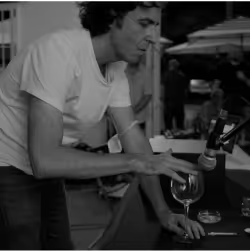
José Hernández Sánchez creates what he calls composed situations. These are music compositions that extend to other media like performance and film. In them, musical contexts are established by appropriating music, texts and images, and utilizing their connotations. These contexts are usually mixed and used to generate uncertainty, a vital aspect in his work. His pieces have been performed at international festivals and events in Latin America, the United States and Europe.
The MUD Foundation’s WISPer program is launching in Little Haiti with support from the Microsoft NTA Azure Grant. This activation invites residents and visitors to explore real-time property value and land ownership data through augmented reality by using QR codes as they walk through the neighborhood.
This WISPer activation, Vote Unreal Estates: Data Sculptures, explores themes of housing inequity, gentrification, and cultural preservation in Little Haiti. By scanning QR codes placed throughout the neighborhood, locals and visitors can view digital overlays that reveal the impact of rising property values and the challenges residents face due to large-scale developments in the community.
Vote Unreal Estates: Data Sculptures uses AR and geolocation to visualize stories of displacement and resilience, providing an immersive experience that highlights the unique cultural heritage of Little Haiti while emphasizing the financial and social dynamics impacting residents and local organizations.
In select locations, WISPer will provide dedicated WiFi networks for seamless access, eliminating the need for cellular data and enhancing accessibility for everyone.
For more information on the WISPer program, click here.
DATASTREAM: INVISIBLE LINKS is an interactive workshop focused on real-time data visualization through integrating diverse data sources, such as crawlers, news feeds, and network traffic. In this hands-on 1.0 iteration series, participants will learn to connect dynamic libraries and data sources within the XR Creator Studio, unlocking new creative possibilities for art, data journalism, and interpreting complex societal information. Final projects from the workshop will be showcased in the XRCamp Timeline repository. The workshop series will use multiple data sources, such as interactions from past Guerrilla Hotspots in Wynwood, Los Angeles, and Puerto Rico, along with Rapid API, and others.
This iteration will focus on data sources connected to our nearby communities' dynamics around internet access, housing, land ownership, and real estate prices to support the WISPer intervention in the Little Haiti community.
The program will be presented by MUD Foundation’s CTO alongside Rodolfo Peraza, founder and director of MUD Foundation.
This hands-on workshop provides an introduction to creating immersive and interactive experiences in the metaverse using XR Creator tools. Participants will learn how to design, script, and integrate external data sources to create dynamic, data-driven environments.
1. Introduction to XR Creator Tool
Basics of designing and building metaverse content.
Overview of essential XR tools for 3D content creation.
2. Adding Logic with Scripting:
Elemental scripting techniques for interactive behaviors.
Implementing simple scripts to bring metaverse objects to life.
3. Using JavaScript Libraries with Dynamic Imports:
Dynamically importing and integrating JavaScript libraries.
Leveraging external resources to enhance metaverse functionality.
4. Connecting External Data Sources:
Techniques for integrating APIs and external datasets.
Data feeding into your metaverse projects.
5. Elemental Data Processing:
Basic data manipulation and processing methods.
Preparing data for visualization and interaction.
6. Simple Data Graph Visualization:
Creating intuitive visual representations of data.
Integrating charts and graphs into your metaverse experiences.
By the end of the workshop, participants will have the foundational skills to build interactive, data-driven experiences in the metaverse and a clear pathway for further exploration and development.
Participants must bring their own laptop computer, preferably with the Google Chrome browser installed.
Limited to 25 in-person, the workshop is free, with donations welcomed.
Community partners featured in the MUD 5.0 Art Week Program will participate in our XRHub lab space. Their projects span digital twins, art practices, accessibility, and educational approaches, collectively exploring ways to impact communities through immersive technology.
At Creative West (formerly WESTAF), we build equitable systems to support and amplify creative capacity — because creativity is essential to us all.
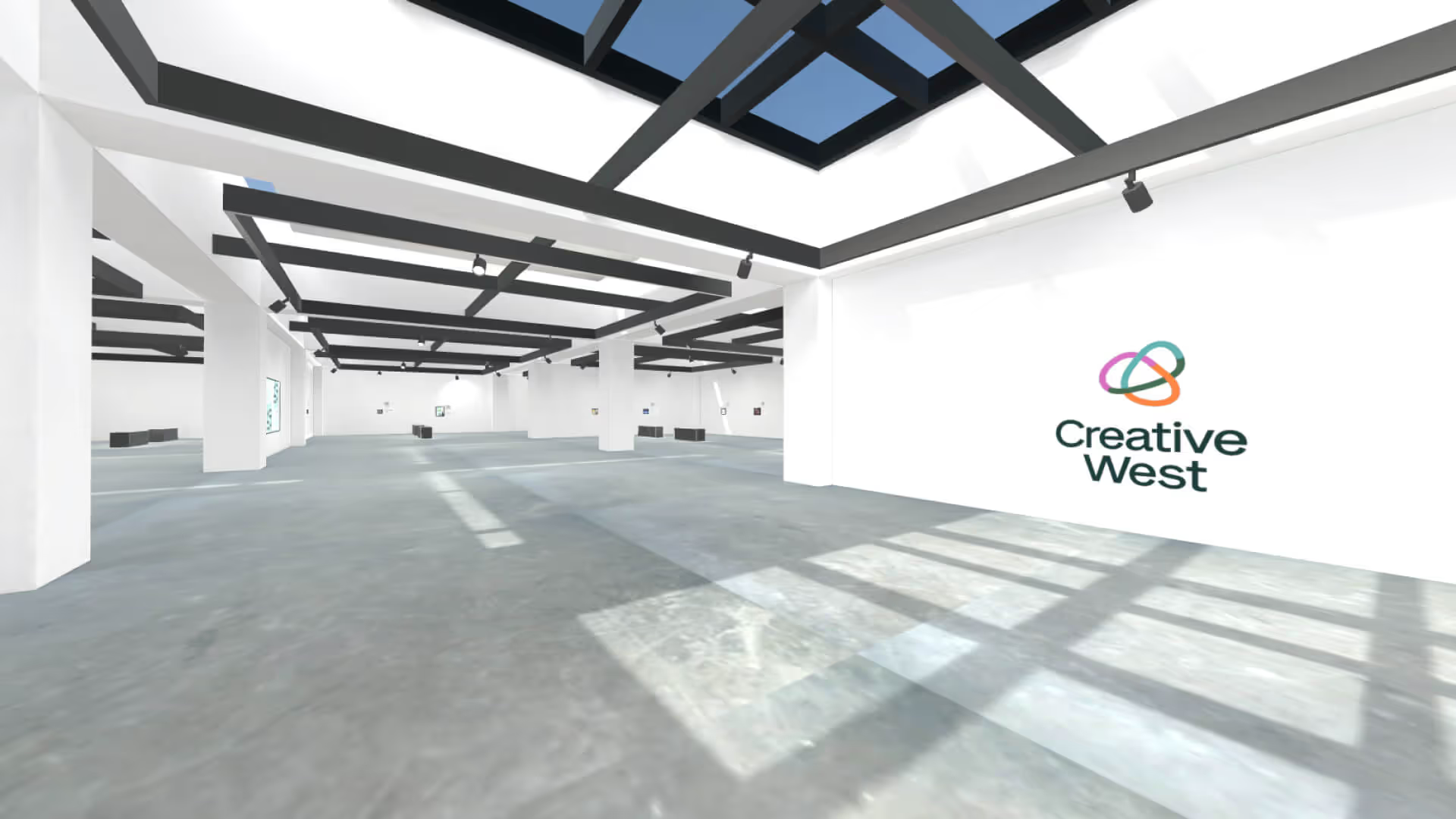
Marking Creative West’s 50th anniversary, this exhibition dives into the echoes of memory, the pulse of the present, and visions of what lies ahead, offering a unique tapestry of perspectives on the passage of time. Through these 50 unique works, we celebrate the stories that have shaped the region and the ever-evolving spirit of the West.
O Cinema is an independent, community-based, mission-driven, nonprofit arthouse cinema in Miami-Dade County and the Beaches featuring first-run films, programs, and events. Our mission is to provide intriguing, entertaining, and superior quality films that audiences will otherwise not see in South Florida
We work to ensure that the films we present are a reflection of our diverse community and that prices are accessible to the broadest possible audience. We believe in the power of films to change communities and change lives. Through a robust platform of creative, innovative, and engaging programs, we strive to Entertain, Educate, and Inspire.
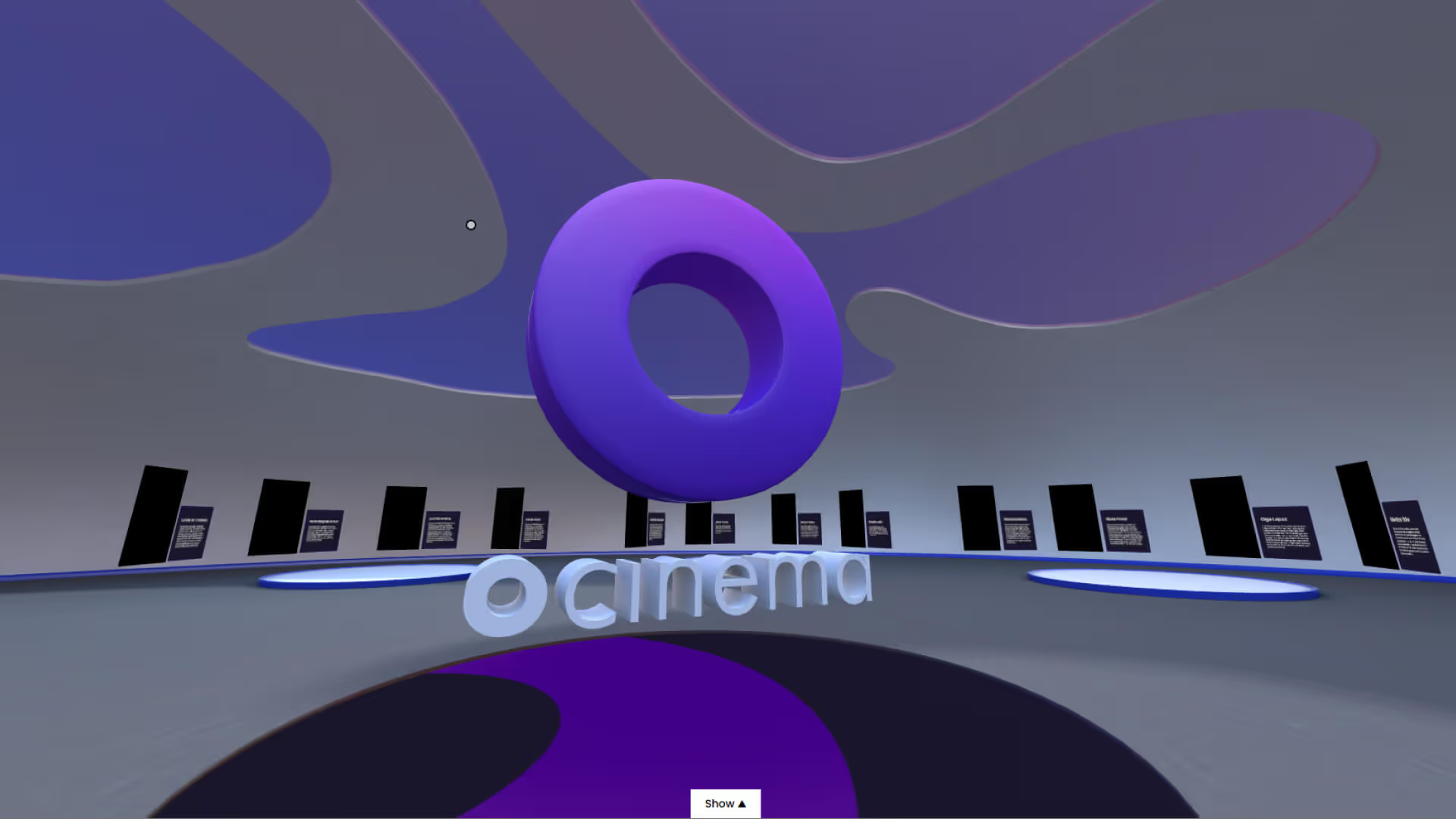
The O Cinema community partnership with MUD Foundation focuses on creating a virtual XR version of O Cinema to expand its reach and accessibility, allowing community members to connect with its programming online. Using the MUD platform's XR tools, the digital twin of O Cinema will provide immersive access to events, screenings, and interactive spaces that mimic the physical experience. This initiative enables O Cinema to connect with new audiences, foster digital inclusion, and extend its influence within the arts community.
Loop Art Critique hosts art critiques and experimental exhibitions.
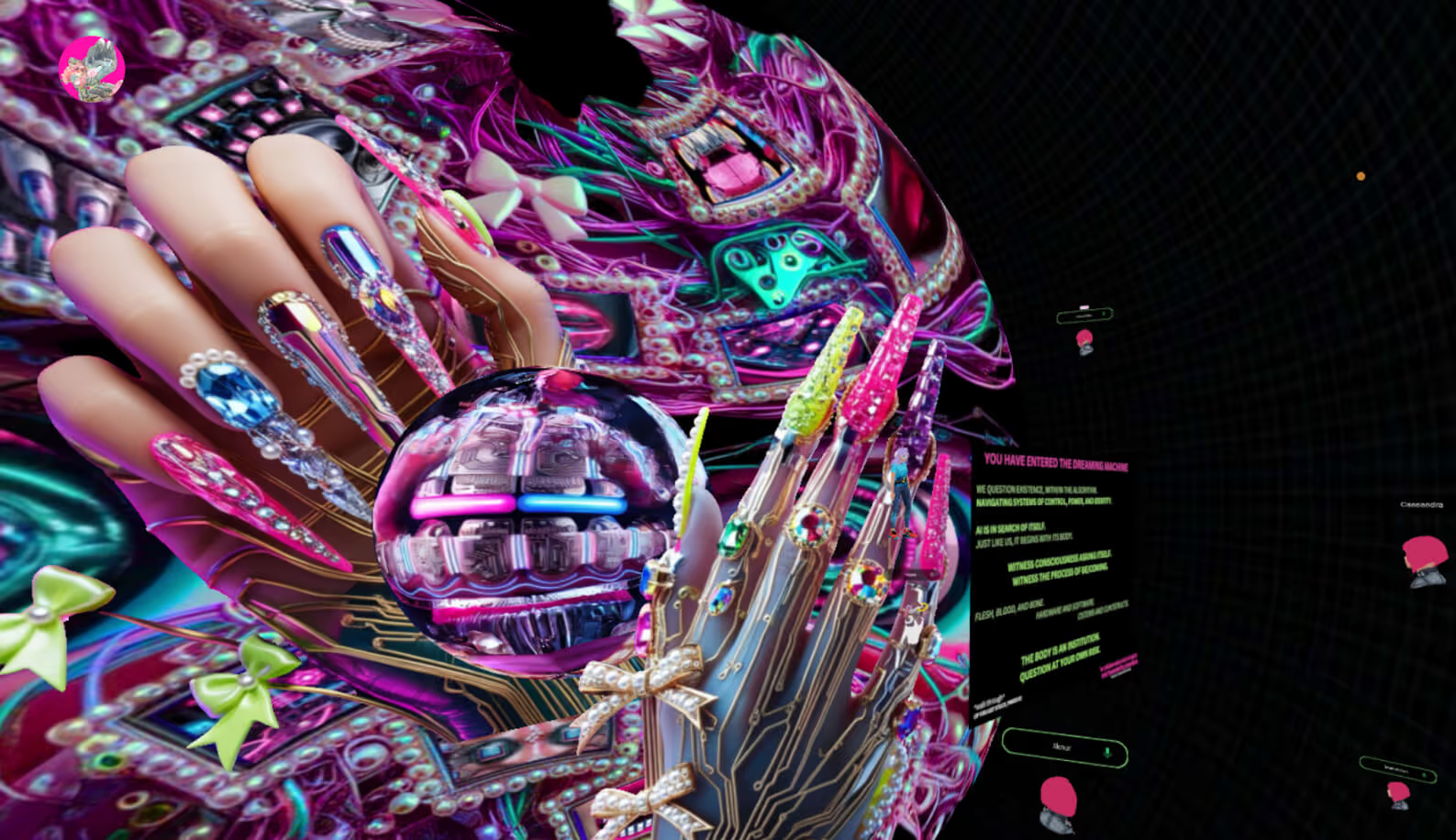
Loop Art Critique operates on the MUD XR Verse MaaS (Metaverse as a Service) platform at loop.onland.io and is supported in collaboration with Next Reality Digital. We constantly update the technology based on artist feedback. Loop is a project created and supported by artist and professor Ariel Baron-Robbins.
Yeah, Art! is a Black-founded nonprofit making arts education more inclusive, accessible, and relevant.
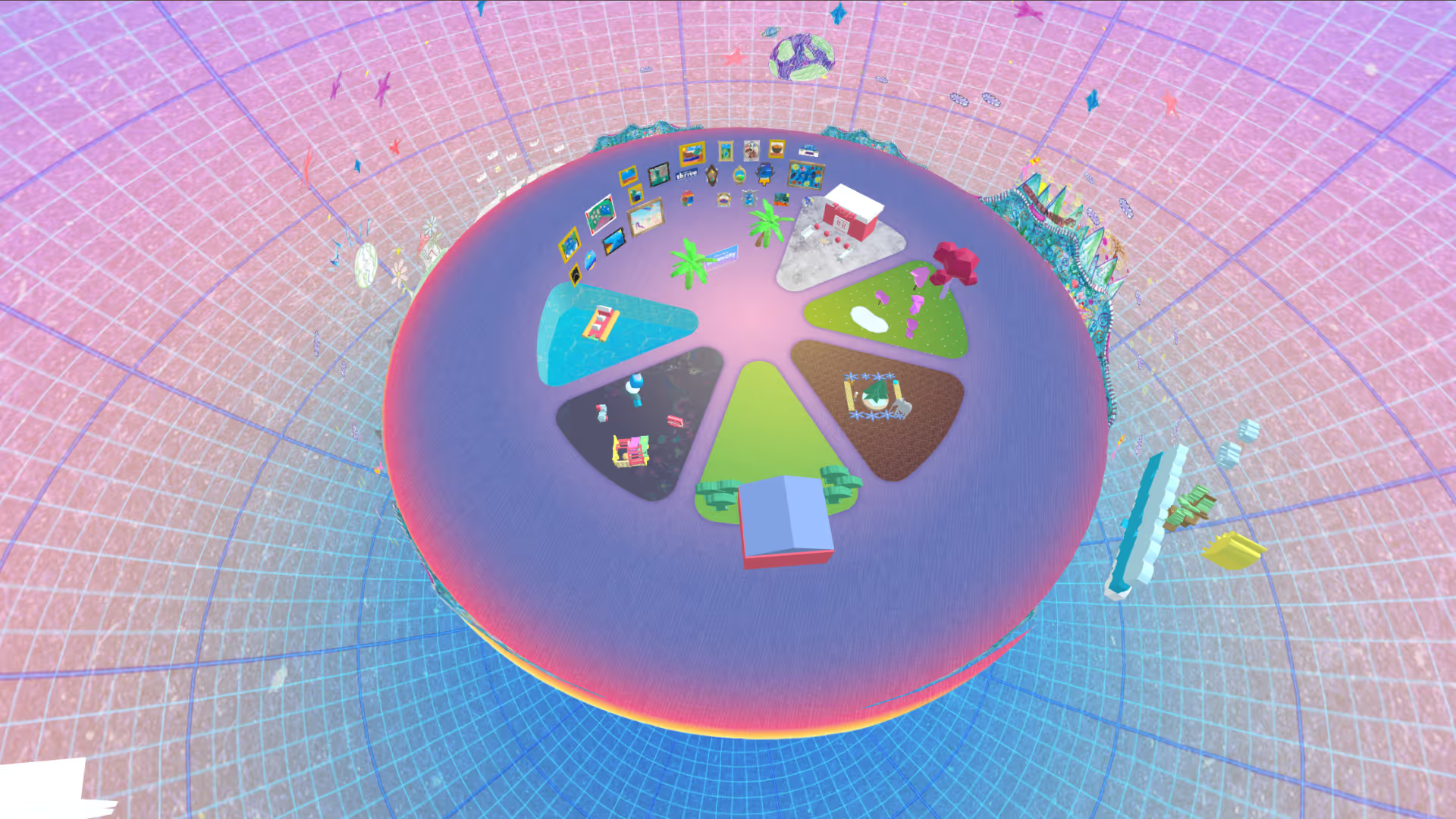
In partnership with Microsoft, Yeah Arts, and others, we created DreamCity, a 3D immersive world reflecting young people's visions for a sustainable future using immersive technologies accessible across various devices.
Zeuxis was a celebrated painter from Ancient Greece who was renowned for his ability to replicate the world around him. According to Pliny the Elder’s Naturalis Historia, he painted a bowl of grapes that was so lifelike that birds flew down and attempted to eat them. Zeuxis used his skill to create art that was so convincingly real, he had fooled nature itself.
We are following in the footsteps of Zeuxis as we use photogrammetry and virtual reality to recreate art historical sites. We invite you to explore these digital reconstructions and allow yourself to believe in these illusions as we learn and traverse art history together.
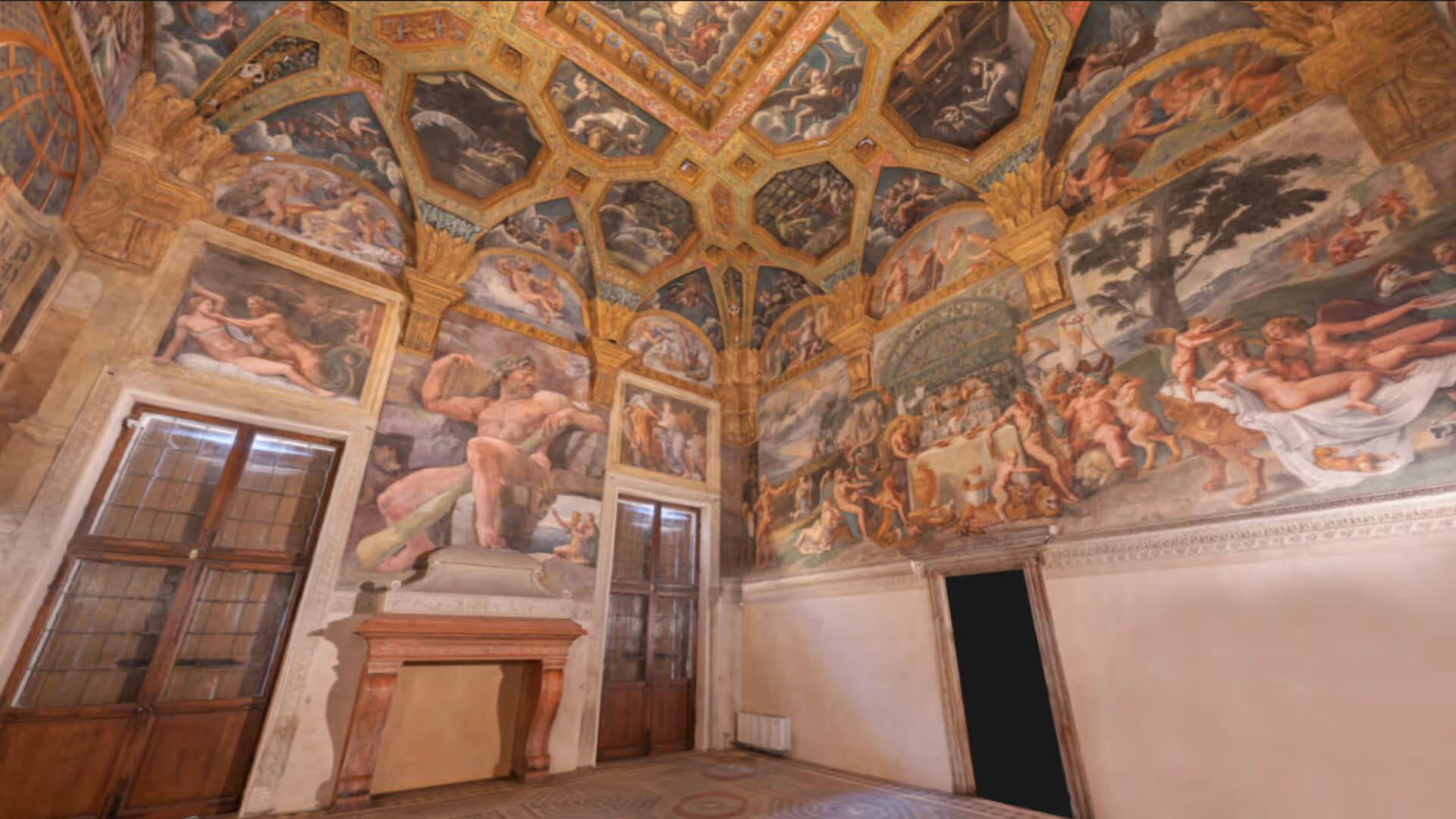
As the director of ZeuxisVR and an Art History professor, I use MUD XR to bring immersive art history education to life, creating virtual replicas of significant historical sites. This platform enables students and educators to explore these spaces as if on-site, enhancing cultural heritage accessibility. MUD’s cross-platform reach democratizes art education, allowing students to interact with art beyond textbooks and experience each site’s architecture and spatial context firsthand, fostering deeper engagement and retention through immersive learning.
Eric R. Hupe, PhD (he/him/his)
Assistant Professor of Art History
Lafayette College
Tech Kids Unlimited (TKU) uses technology tools, computer science thinking, and social-emotional learning to ignite unlimited futures for neurodiverse students. Students who learn and think differently explore the creative power of tech, practice work readiness skills, and build confidence through virtual and in-person programs in a fun and supportive community.
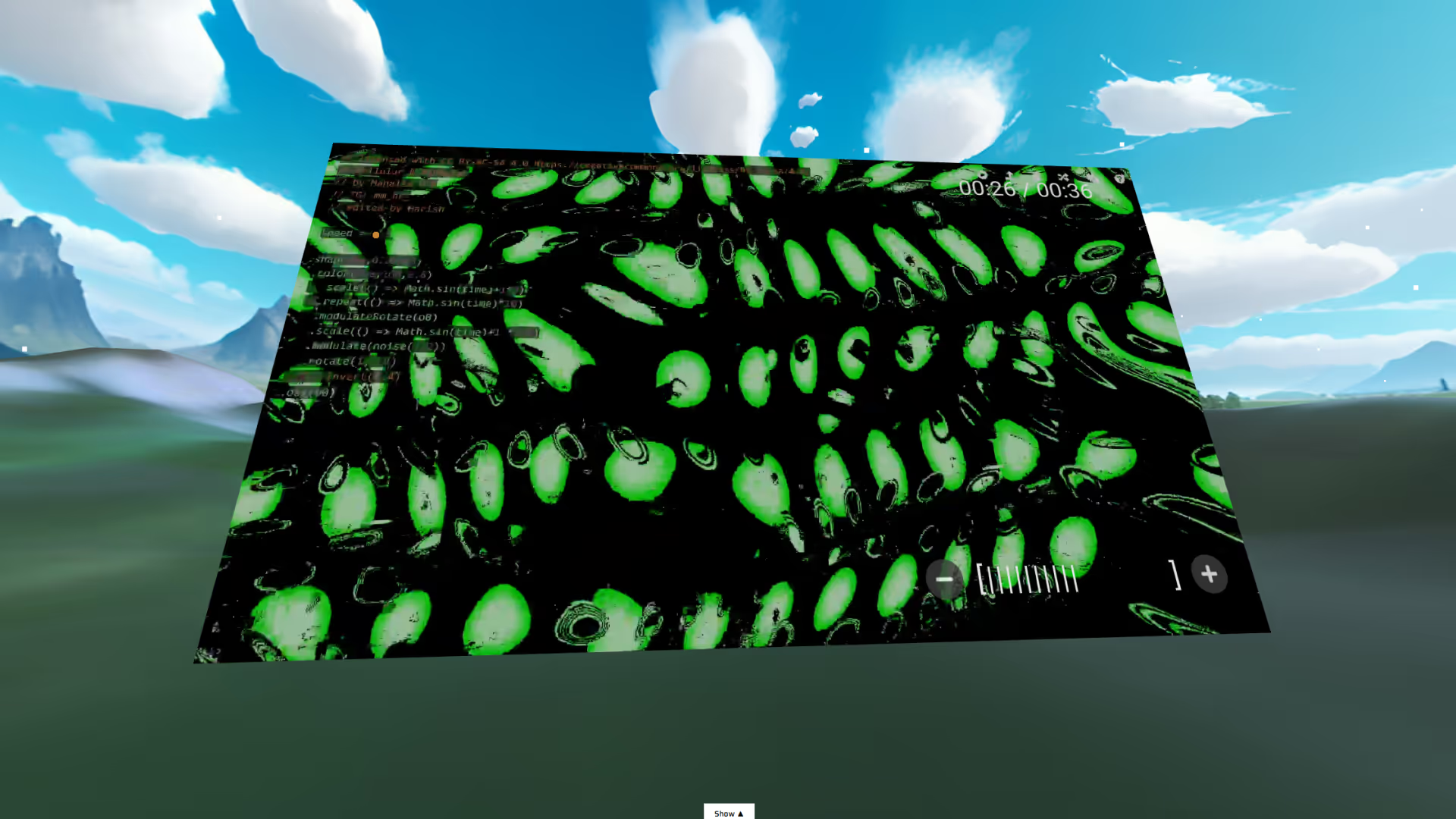
Since April 2024, the MUD Foundation and Tech Kids Unlimited (TKU) have partnered on Exploring Heaven, Hell, and Everything In Between, a VR/XR project showcasing neurodiverse perspectives in immersive digital art. Through TKU’s Digital Agency program, students design virtual worlds for MUD’s XR platform, gaining hands-on experience in creative technology. These works will be displayed both virtually and in galleries, reinforcing both organizations' commitment to inclusivity and innovation in art and tech.
The City of Coral Gables' Art in Public Places program addresses the important goal of commissioning, acquiring, and exhibiting new public artworks through the community. Prominent artists and their works within municipal and private properties and accessible to the public 24/7.
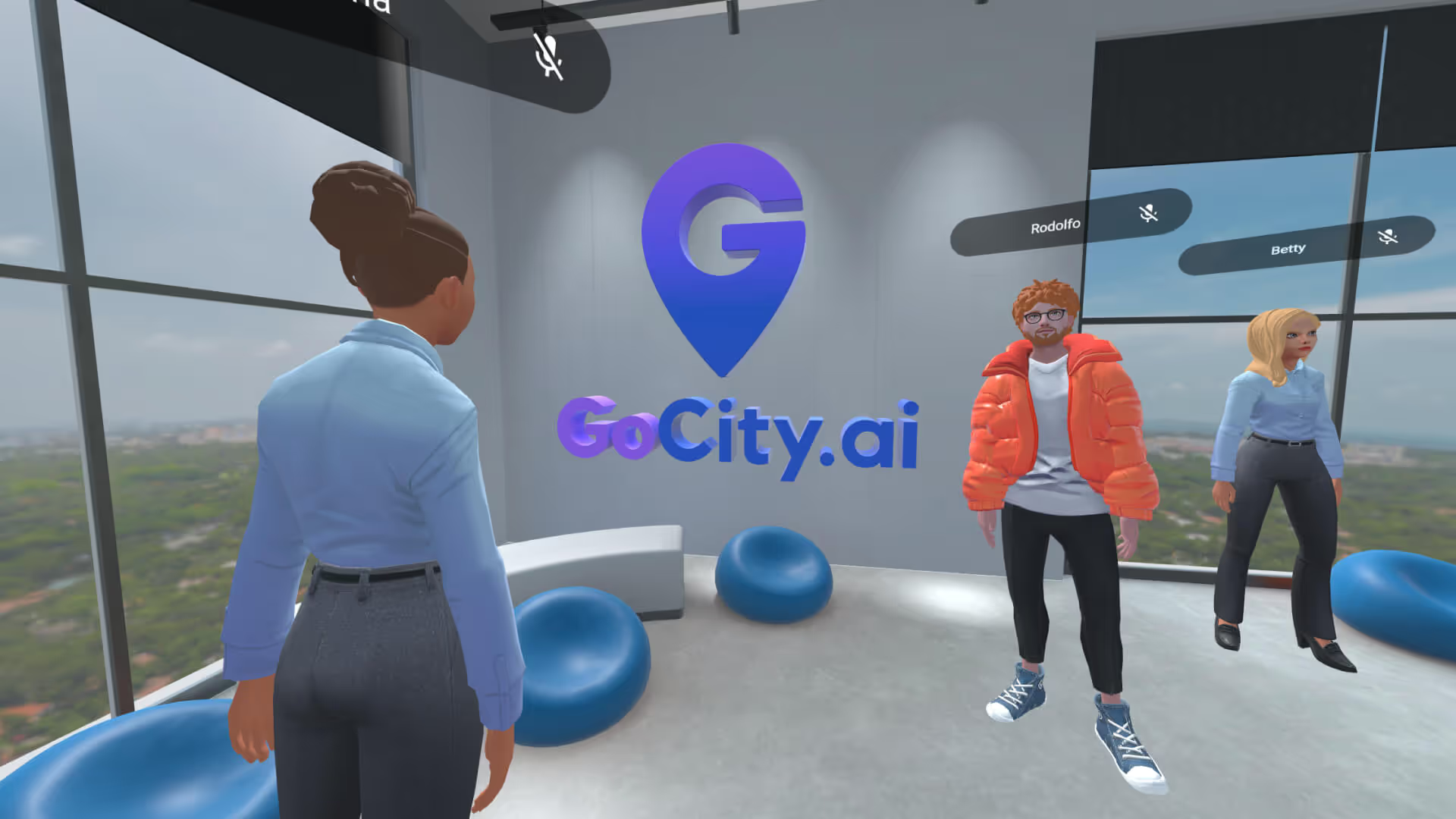
GoCity.ai, supporting the Dear Human project, is a partnership between the MUD Foundation Inc., Next Reality Digital, and the Innovation & Technology and Historical Resources & Cultural Arts divisions of Coral Gables. Using digital twins, augmented reality, art and spoken work, the project significantly builds on Coral Gables' cultural and technological advancements by increasing accessibility of our cultural heritage through enhancement of public spaces to better foster community engagement.
We are social investors who support a more effective democracy by funding free expression and journalism, arts and culture in the community, research in areas of media and democracy, and the American cities and towns where the Knight brothers once published newspapers. Read more
The National Endowment for the Arts awards grants to nonprofit organizations, creative writers and translators, state arts agencies, and regional arts organizations in support of arts projects across the country. Read more
The Miami-Dade County Department of Cultural Affairs and the Cultural Affairs Council develop cultural excellence, diversity, access and participation throughout Miami-Dade County by strategically creating and promoting equitable opportunities for artists and cultural organizations, and our residents and visitors who are their audiences. Read more
Supporting organizations committed to advancing diversity. The Nonprofit Tech Acceleration (NTA) program is committed to increasing technology access for nonprofit organizations that serve historically underrepresented communities. Read more
Nulla vitae elit libero, a pharetra augue. Aenean eu leo quam. Pellentesque ornare sem lacinia quam venenatis vestibulum. Sed posuere consectetur est at lobortis. Aenean lacinia bibendum nulla sed consectetur. Nullam id dolor id nibh ultricies vehicula ut id elit.Fusce dapibus, tellus ac cursus commodo, tortor mauris condimentum nibh.

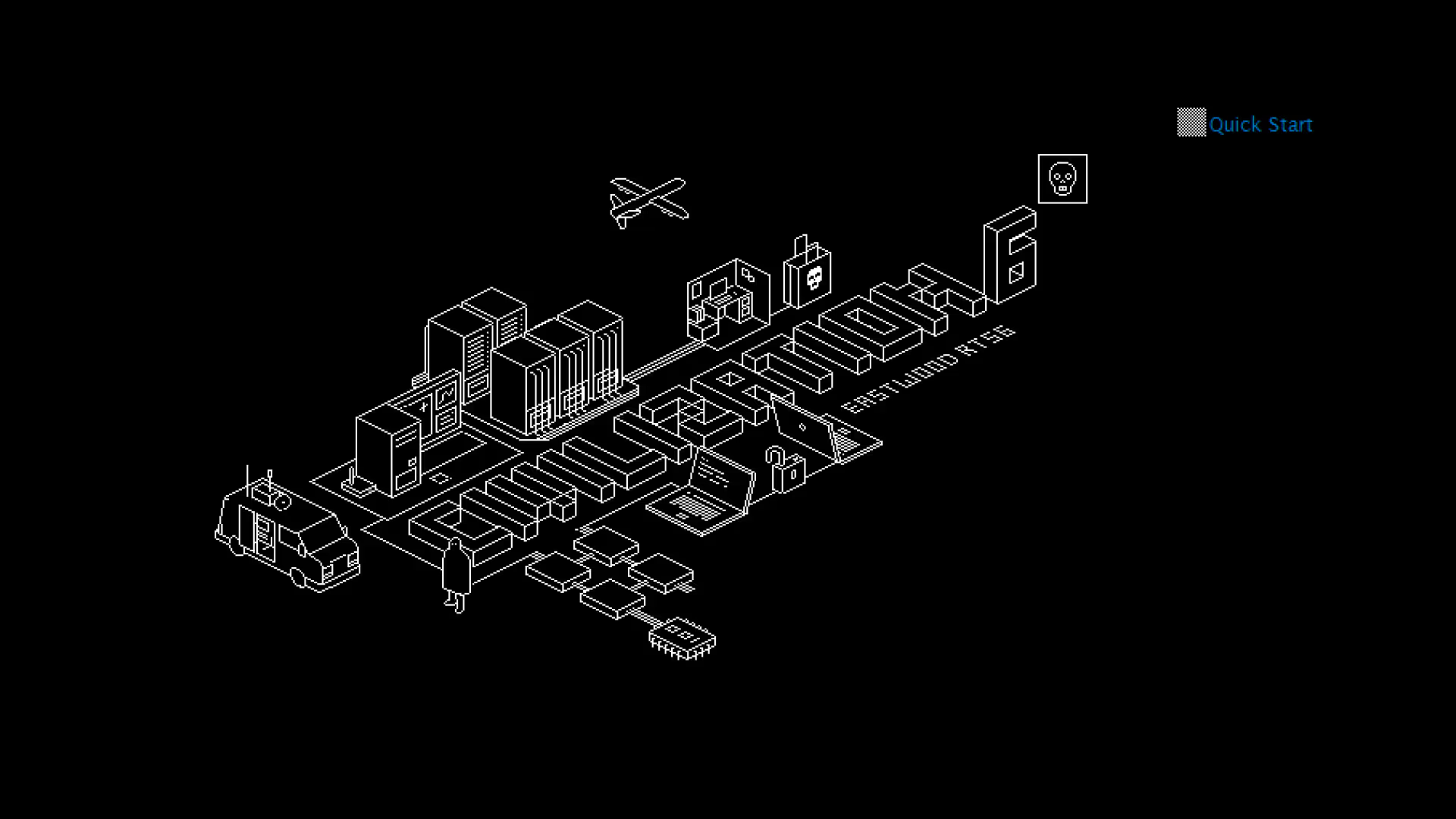
The program MUD 5.0 includes our annual Media Under Dystopia exhibition series program, Sweet Streams (Are Made of This), curated by Vuk Ćosić; the presentation of the program The Sound of Art, engaging sound artists and composers in our physical and digital venues; and the activation of our WISPer program through the project Living Networks developed in collaboration with our community partners.
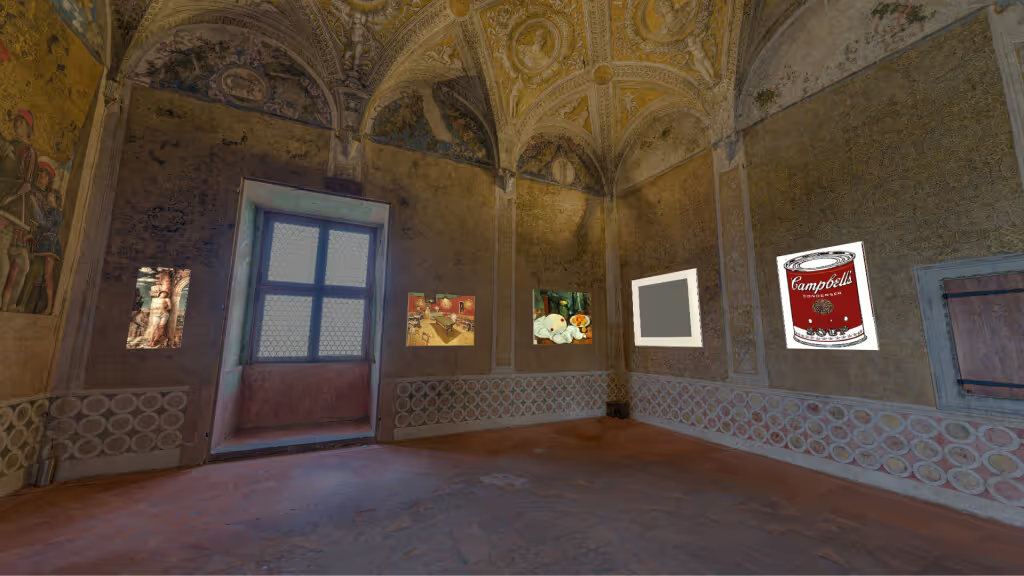
The work is a front-end for Carnivore, the project that mimics FBI's net surveillance software. Web-usage data of a surveillance target is displayed via well-known masterpieces by works by Cezanne, Van Gogh, and others to give trained operatives clear insight into the target's web activities.

“Manteros” (blanketmen) is the term used to refer to people who sell counterfeit goods on the street, such as music CDs, DVDs, video games, clothes, watches, etc. Manteros are migrants from countries such as Senegal and Guinea-Bissau, usually forced by mafias to work. They sell their products on the street on a blanket and pick up their goods as fast as they can and flee when they notice the police presence. The project, Metamateros consists in the creation of 3D avatars, to act as digital migrants capable to travel anonymously from metaverse to metaverse, (Mozilla hub, Decentraland, Sandbox, cryptovortex or Zuckerberg’s future metaverse) trading data and digital assets.
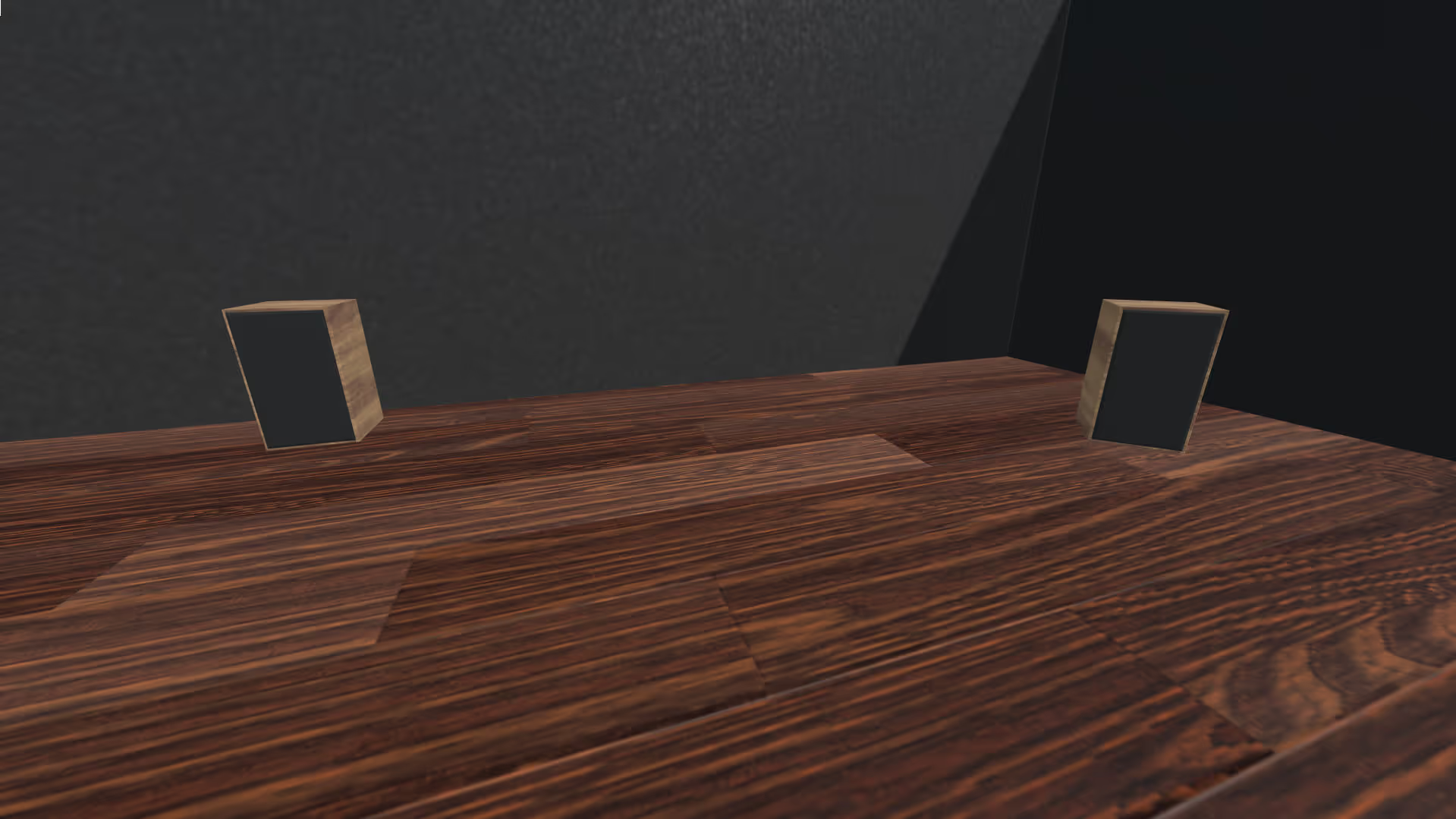
In archival research, generation loss refers to the gradual degradation of quality that happens in the physical reproduction of analog media, leaving out digital reproduction, where quality stays consistent.
Yet, digital reproduction in generative AI follows a different logic. Copies often involve the re-introduction of a prompt rather than the preservation of a generated result, and in some cases, they fail produce an output altogether. I generated AI outputs from complex, unconventional prompts—such as electric hums, woodwind and string multiphonics, and extended techniques of the voice. When faced with prompts outside its training, commercial AI often responds with an empty audio file. Yet, by compressing the audio of these “empty” files, I was able to reveal a residual signal—a dense, gritty noise that prevailed from the failure of generation. In this piece, I explore the sonic consequences of generation loss both from the degradation caused by mechanical reproduction and the "unsuccessful" outputs of generative AI.
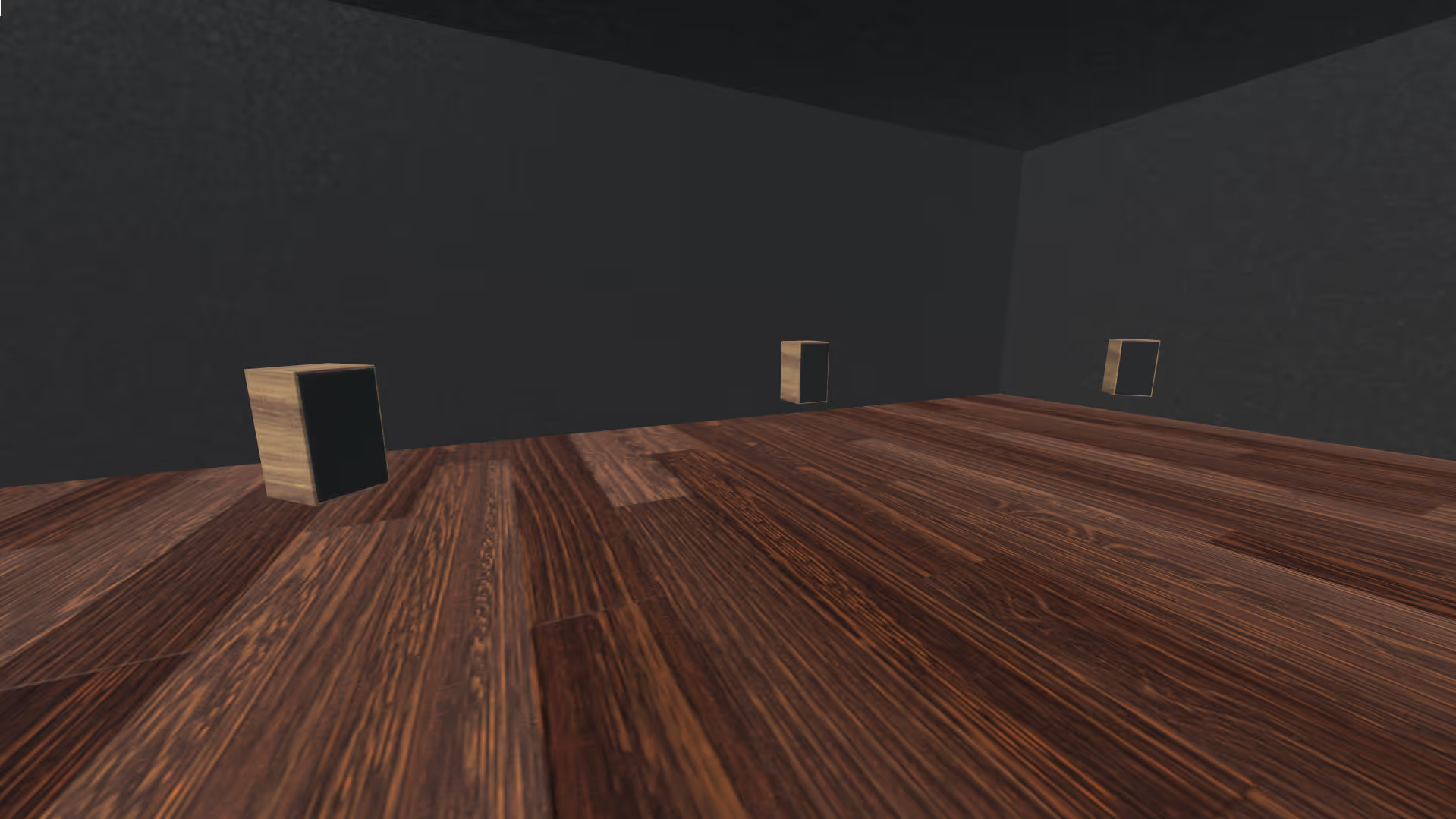
You are invited to participate with your senses, entering a state of active listening—a mindset that fluctuates between fleeting moments of everyday life and an eternal, spaceless existence within the cosmos.
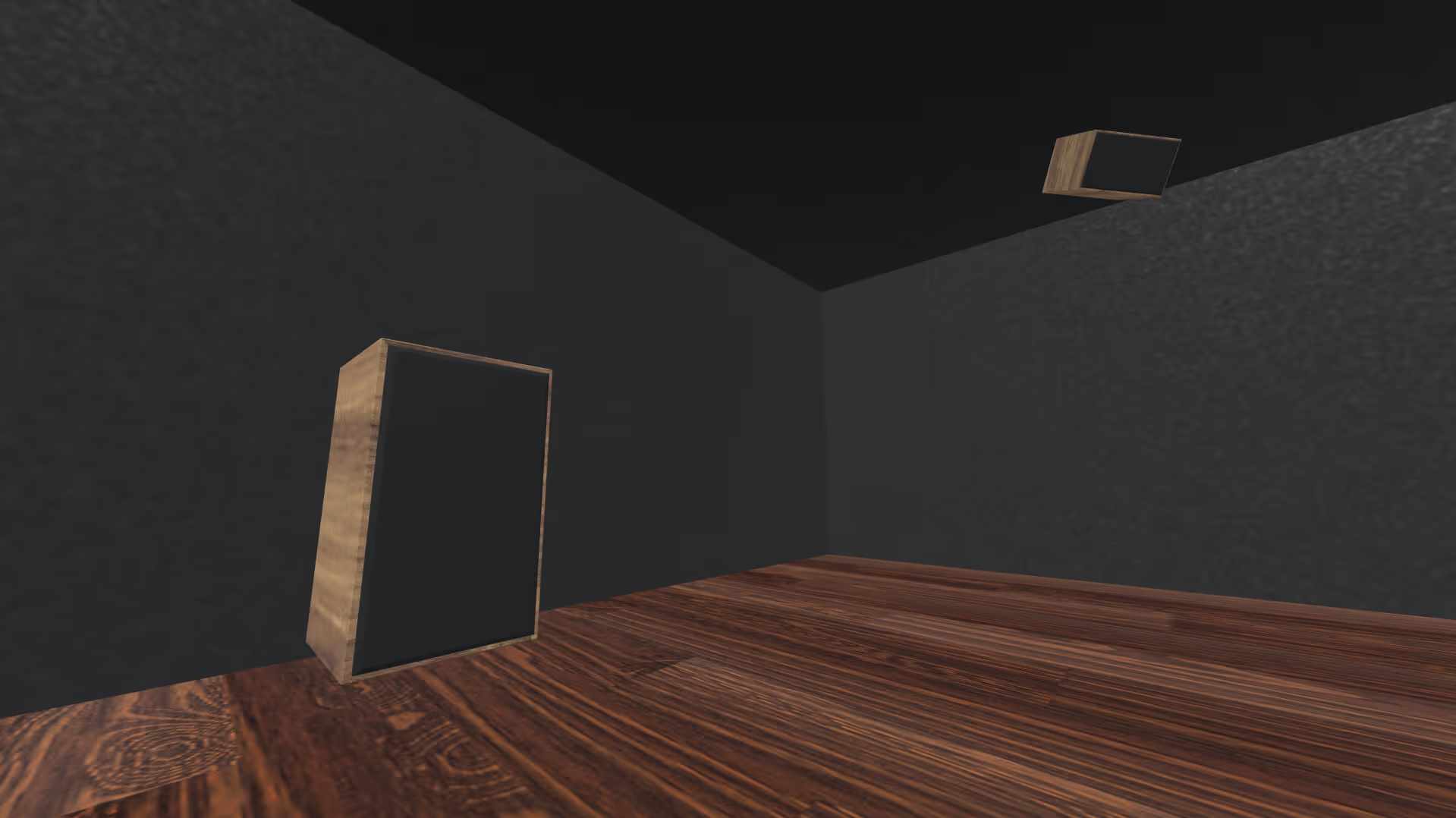
Impulse Impromptu I is part of a 3-piece series. This track focuses on the Turkish Instrument "Kanun". This piece grew out of extensive recordings and improvisations on the Kanun, allowing its sounds to lead to free associations and a broader sonic world than the other pieces in the repertoire. The Kanun’s resonant strings and unique timbres create a rich tapestry of sound, where some associations are clearly audible and recognizable, while others remain subtle and hidden.
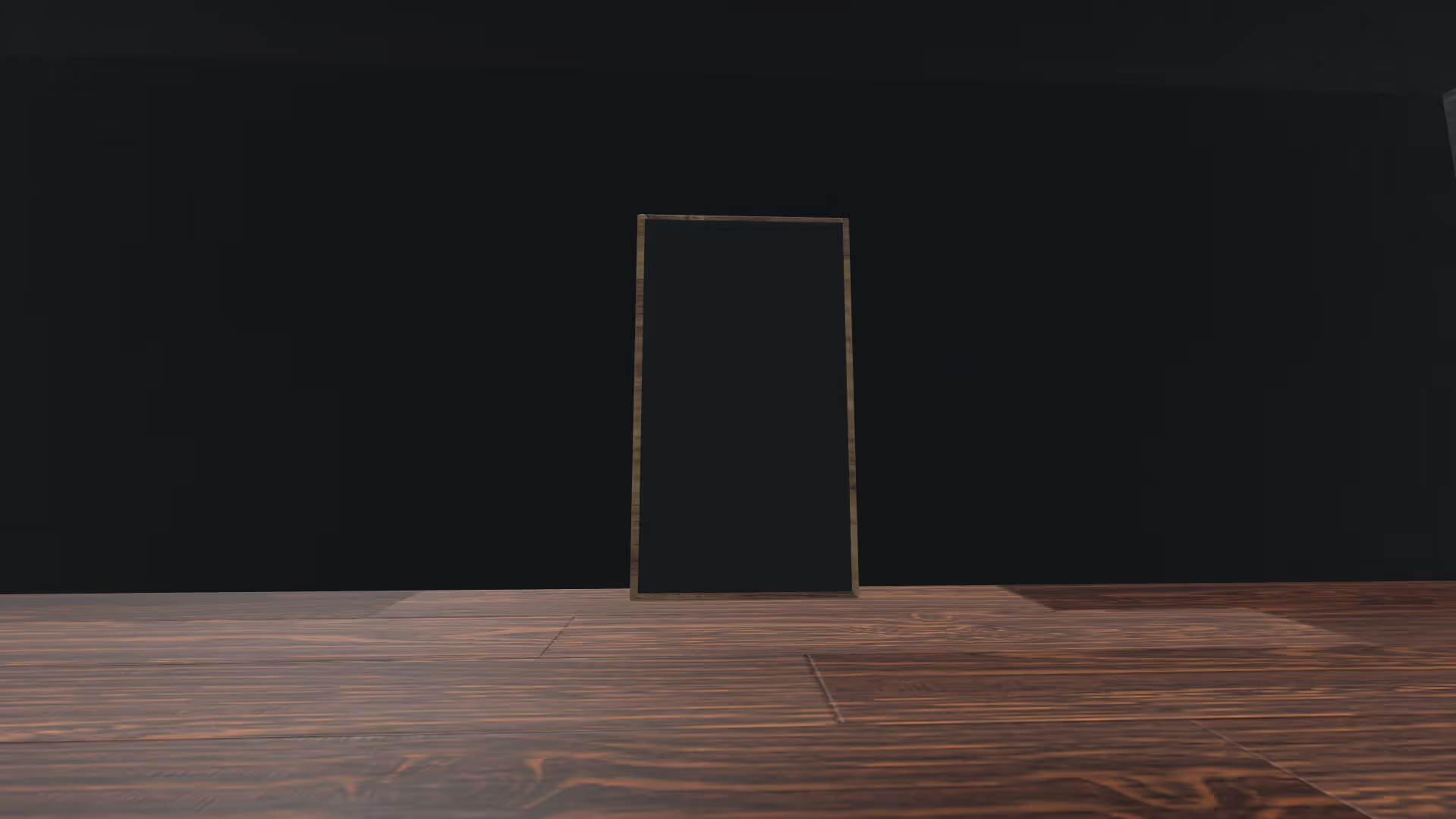
Each time the front door of the venue is opened, this installation comes alive. One of 45 unique sounds is randomly triggered, creating an ever-changing auditory experience that marks the act of entry. By transforming a simple, habitual gesture into an unpredictable soundscape, this piece invites us to reflect on thresholds, presence, and the unexpected.
MUD 5.0 is also presenting in the gallery space and online, a selection of community partners using MUD XR to extend their community outreach and engage with their audiences in innovative ways.




The MUD 5.0 program is possible thanks to our community of artists, visionaries, philanthropic organizations, and governmental cultural agencies






